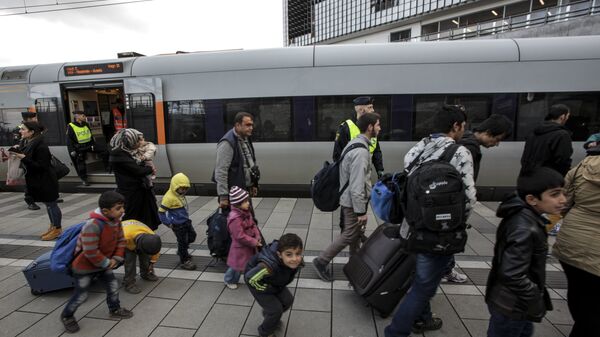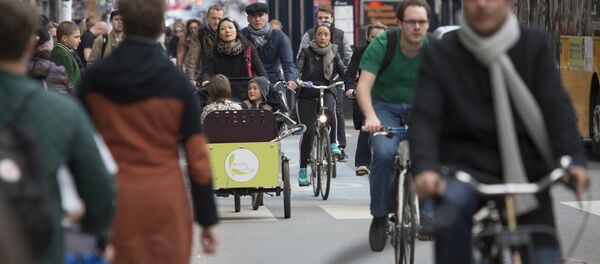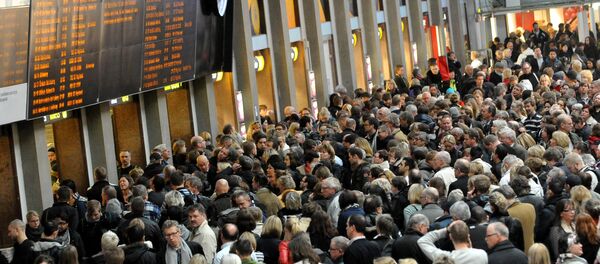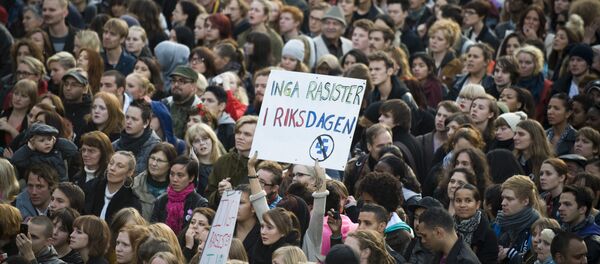In an equally symbolic gesture, the Swedish authorities refrained from hand-picking the ten-millionth Swede, arguing that there were equal chances it was a newborn or an immigrant who became naturalized. In recent decades, Sweden opened its gates to accept growing migration trends as a substitute for insufficient birth rates and labor shortages. Of all the 10 million legally registered in Sweden, 82 percent are born in the Nordic country, whereas 18 percent were foreign-born, SCB noted.
"Immigration is much higher today than we calculated just a few years ago. Ten years ago, in 2006, forecasts said we would reach ten million inhabitants only in 2029, but it went much faster," Thomas Johansson of SCB, told Swedish daily Sydsvenskan.
Today, population growth in Sweden is the fourth fastest in the EU. The Swedish population is increasing by an average of one resident every minute, and the increase will continue further, according to SCB.
"By our latest forecasts, we will reach the eleven-million mark in 2024, which will be the fastest population growth in our country's history," Linus Garp of SCB told SVT.
"Sweden's birth rate is simply too low. The home-born population is declining. To continue having the possibility of growing further, labor is needed, and therefore an increased immigration," Johan Bissman of the Swedish Employment Agency told Swedish news outlet The Local.
"Many [of the newcomers] have neither high school education nor even elementary school. Nearly all existing jobs require high school competence," says Annika Sundén, analysis director at the Employment Service, explained to Swedish daily Svenska Dagbladet.
In 2015, Somalians, Syrians and Afghans were the largest immigrant groups in Sweden, as opposed to Finns in the 1970s.






